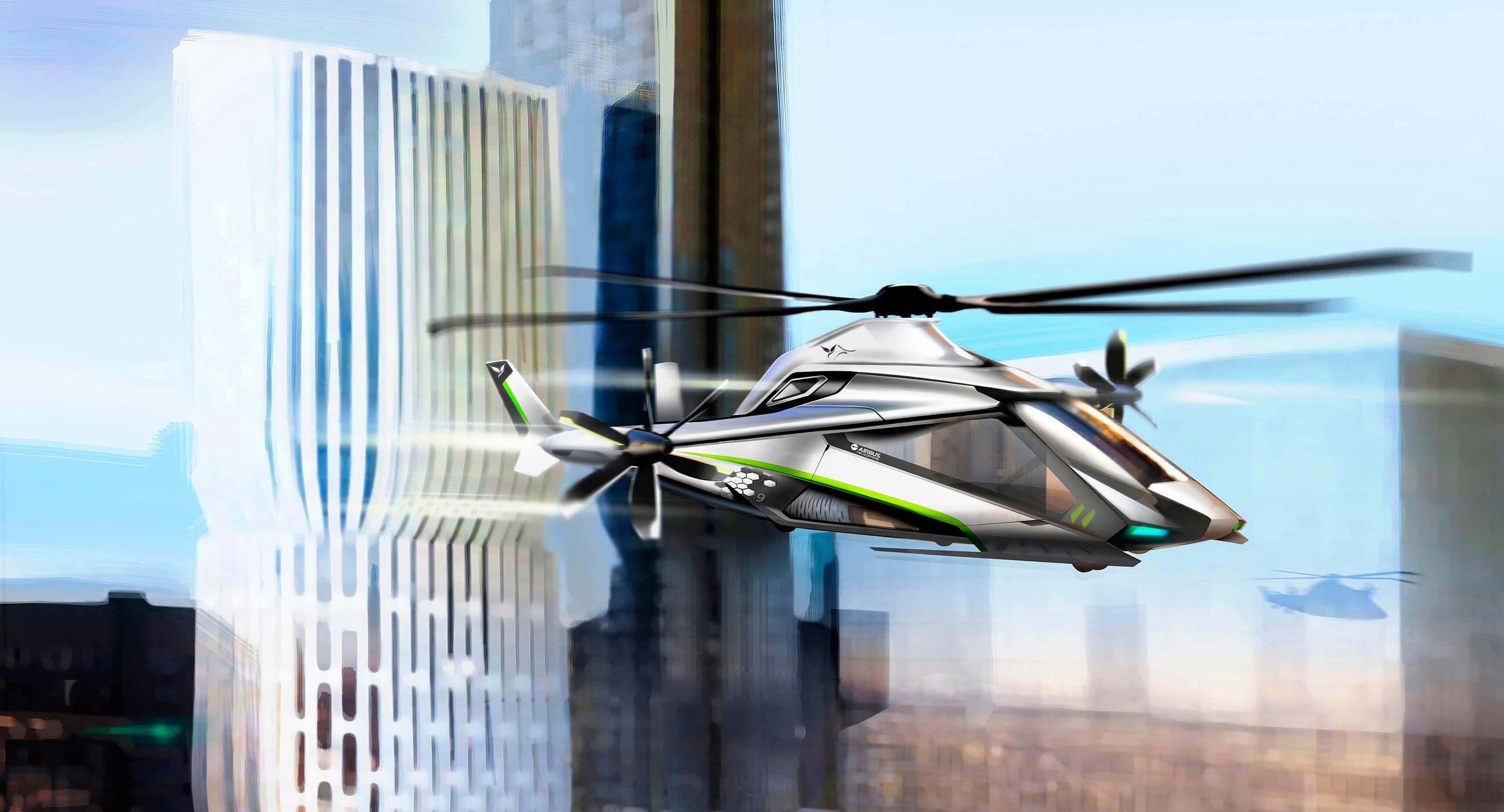Airbus Helicopters CEO Guillaume Faury said he will be happy with around 400 deliveries in 2017 and believes it will be “difficult to log more than 350 to 400” orders this year — a target that would represent stable numbers compared to 2016. Meanwhile, the Marignane, France-based manufacturer is striving to complete the H225’s return to service.

For this year, a book-to-bill ratio of one is a good target, Faury said on Jan. 27 during a conference call with media. He expects his company’s military sales to account for a similar percentage, in value, to last year’s proportion (57 percent). In terms of units, civil deliveries will remain the vast majority, he added.
What about a “Trump factor” on sales? Any consequence of Donald Trump’s new policies for the U.S. could only be positive, Faury predicted.
In the middle of 2017, Airbus Helicopters will break ground on its first final assembly line in China. The first H135 to be built in the new factory is scheduled to be delivered in 2019. It will be part of a 100-aircraft agreement with Sino-German firm Ecopark.

The year 2019 will probably be a busy one for the company, as the first flight of a high-speed helicopter demonstrator is planned for then as well. Developed in the framework of Europe’s Clean Sky 2 research initiative, it will be a follow-on to the X3 compound helicopter demonstrator that first flew in 2010. Faury promised to give more details at the Paris Air Show in June.
In 2019, too, Airbus plans a manned flight of its “urban vertical take-off and landing object,” dubbed CityAirbus. Fully electric, it is being promoted as a solution to urban traffic congestion. The design is for one pilot and four passengers.
Development is under way at Airbus’ sites in Donauwörth and Ottobrunn, Germany. The first unmanned flight is being arranged for next year. No timeframe, however, is available for entry into service. “We need to test a prototype, develop a regulation with the authorities and work on the business model,” Faury explained.
Commenting on orders and deliveries in 2016, Faury said total net orders stood at 353, or 20 more than in 2015. It was a “sign of good resilience,” he said. The backdrop last year was “the lowest order intake since 2008 for the whole industry.” Orders, including military ones, were down by 13 percent from 2015.
Airbus managed to maintain leadership in the industry with a claimed 47 percent market share in civil and parapublic applications for turbine helicopters heavier than 1.3 metric tons (2,865 pounds, which excludes the slightly smaller Robinson R66). Civil helicopter deliveries in that segment around the world totaled 541 last year, according to Airbus.
Super Puma family orders improved significantly, at 23 in 2016, up from two in 2015. Faury would not break the number down between the H215 and the H225, which remains grounded in the U.K. and Norway following a fatal H225 crash in Turøy, Norway, in April 2016.
According to Faury, practically all military Super Pumas are now flying. Meanwhile, on the commercial side — excluding offshore oil-and-gas operations — more than 50 percent have returned to service since the European Aviation Safety Agency lifted its grounding of the model in October.
Return to service is much slower in offshore oil-and-gas and is said to be close to 10 percent, happening mainly in Asia. “We are fully aware we need to ensure a smooth return to service and rebuild confidence,” Faury said.
The unsatisfactory safety record in the North Sea — which is not solely due to technical problems, Faury noted — has led Airbus to do some brainstorming. “We believe there is a much broader use of HUMS [health and usage monitoring systems] to be made, maybe no longer HUMS as we see them today, but more monitoring of the helicopter, better use of data, more sensors on board, data being transferred, digital products and services; we see digitization enabling new safety standards,” Faury stated.
As for the offshore oil-and-gas market, despite the upward trend in oil price, there is still a lot of overcapacity, so “we do not count on a significant uplift over the next couple of years,” he said.
The X6 program, targeted at succeeding the Super Puma, is said to be proceeding regardless of the short-term “ups and downs” of the offshore oil-and-gas industry.










